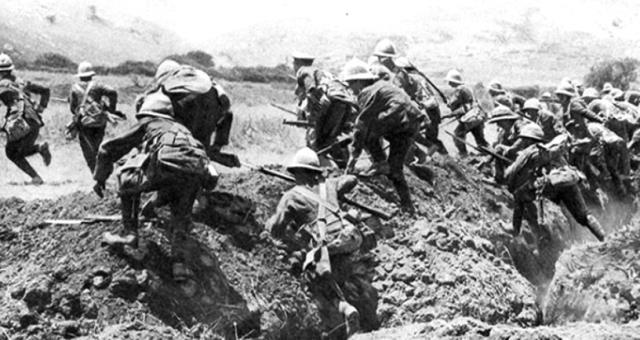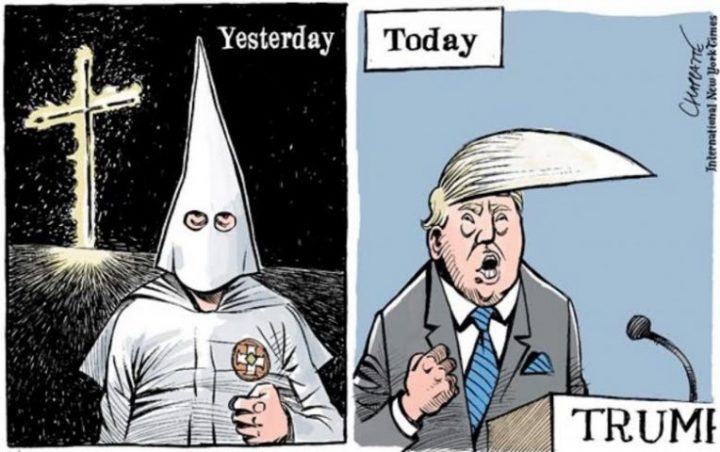By Emre Emirbayer (Y12)
Throughout the course of civilization, war and conflict have been unavoidable features in the organization of structure, relations and evolution of societies. From the very beginning of humankind to present day nation-states, a tendency of managing and handling conflict has been a hallmark of humanity. This attitude towards each other as potential aggressors is hardwired within our brains and entire evolution, thus conflict is something that people cannot avoid.
When it comes to dealing with conflict, there are two major brain regions that influence this behavior: the amygdala and the prefrontal cortex. The amygdala, which is involved in controlling such emotions as fear and aggression, is the reason why we enter into the so-called fight or flight mode whenever threats are posed. Such a quick and reactive response was on the other hand necessary for the early human beings to curb any risks but in today’s conflicts, such a response may be impulsive. In contrast to this is the prefrontal cortex which facilitates one’s ability to think and make judgment about the event on a higher time scale. Still, in moments of great pressure, it is often the amygdala which takes control and more primitive responses are utilized instead of the ones that are generated by the prefrontal cortex.
Our genetic inheritance also plays a crucial role in our propensity for conflict. As anthropologist Christopher Boehm suggests, humans, just like the primate cousins — chimpanzees and bonobos, are programmed for both fighting and camaraderie. Such tendencies have been ingrained in human nature as demonstrated by social structures and behavior ranging from early contested societies to extensive diplomatic efforts in the present times.
In the early history of humankind, hunter-gatherer groups were characterized by relatively small populations, which rendered them predisposed to high levels of homicide. However, these groups contemporaneously established and adhered to egalitarianism and morality in order to prevent as much conflict as possible. This did not last long, however, as human’s populations became larger in size and population density equivalently. A need arose for more formal means of addressing conflicts which led to the rise of authority figures such as tribal chiefs whose responsibilities included management of conflicts. In the course of history, this development and assertion of authority by a few continued to increase which led to the establishment of empires and nations and even developed cultures and civilizations with courts, order enforcers and military facilities.
With this approach to conflict resolution, conflicts spread into more distant and rural areas. As people increased in numbers and came across each other, the requirement for managing the differences between the societies became important. This need brought forth diplomatic engagements, treaties amongst societies, and finally international associations, such as the United Nations. Though, as Boehm states, even with historical developments, globalization has not created a conflict resolution system that deals with all conflicts in an appropriate manner; and this system is often identified with UN. The UN Security Council as a whole is also criticized for specific aspects of its structure, for example, the presence of a veto power for the permanent members restraining any meaningful action when the situation calls for it.
In spite of these hurdles, mankind has an inherent ability to resolve any conflict that gives room for optimism for a better tomorrow. The ability to talk with one another, find common ground and resolve differences in such a way that each party benefits is what has helped develop more and more complicated societies that work together. Through all eras, from the basic practices of mediation employed in the first forms of human organizations, today’s society has engaged in several methods of winning control over competitive elements without destructive means.
To many people however, establishing world peace seems impossible. The ongoing wars, international conflicts and internal strife indicate that human being’s aggression and competition are still the prevailing characteristics of the world order. People’s cognitive processes such as the tendency to support one’s group and antagonize others guarantee conflict. Moreover, the struggle over limited resources also creates conflict as well as the difference in the values, beliefs and goals of individuals or groups.
Looking ahead, the key to managing global conflicts may lie in further refining our conflict resolution mechanisms to better align with our dual nature – our propensity for both conflict and cooperation. This could involve reforming international institutions like the UN, developing more effective diplomatic strategies, and fostering a global culture that values peaceful resolution over violent confrontation. While complete world peace may remain out of reach in the near future, our evolutionary history suggests that we have the potential to continue improving our ability to manage and resolve conflicts on both local and global scales.
As we confront the complex challenges of the 21st century, we must recognize two crucial aspects of our nature. First, conflict is inevitable due to our neurological and evolutionary heritage. Second, we possess an ancient capacity for resolving disputes. By embracing both these realities, we can develop more effective tools for building a harmonious world.
Can Conflict Be Avoided? Exploring Human Nature Through History and Biology



